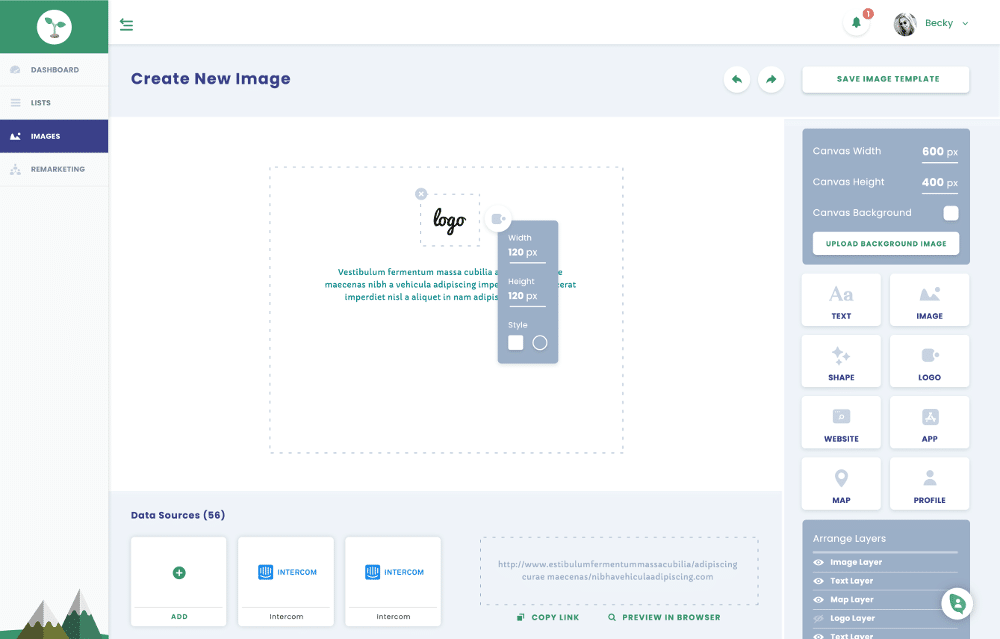
Unlike Eliza, the program does not respond in a fixed way, instead choosing its responses heuristically using fuzzy logic, the whole of the conversation being compared to the millions that have taken place before. In 2014, Cleverbot was upgraded to use GPU serving techniques.
#Chatbot maker existor software
Updates to the software have been mostly behind the scenes. Developments Ĭleverbot is constantly growing in data size at the rate of 4 to 7 million interactions per day. The software running for the event had to handle just 1 or 2 simultaneous requests, whereas online Cleverbot is usually talking to around 10,000 to 50,000 people at once. A score of 50.05% or higher is often considered to be a passing grade.

Out of the 1334 votes cast, Cleverbot was judged to be 59.3% human, compared to the rating of 63.3% human achieved by human participants. Ĭleverbot participated in a formal Turing test at the 2011 Techniche festival at the Indian Institute of Technology Guwahati on 3 September 2011. After searching through its saved conversations, it responds to the input by finding how a human responded to that input when it was asked, in part or in full, by Cleverbot. Operation Ĭleverbot's responses are not pre-programmed because it learns from human input: Humans type into the box below the Cleverbot logo and the system finds all keywords or an exact phrase matching the input. Besides the web application, Cleverbot is also available as an iOS, Android, and Windows Phone app.


Since launching on the web, the number of conversations held has exceeded 150 million. In its first decade, Cleverbot held several thousand conversations with Carpenter and his associates. It was preceded by Jabberwacky, a chatbot project that began in 1988 and went online in 1997. It was created by British AI scientist Rollo Carpenter and launched in October 2008. Cleverbot is a chatterbot web application that uses machine learning techniques to have conversations with humans.


 0 kommentar(er)
0 kommentar(er)
